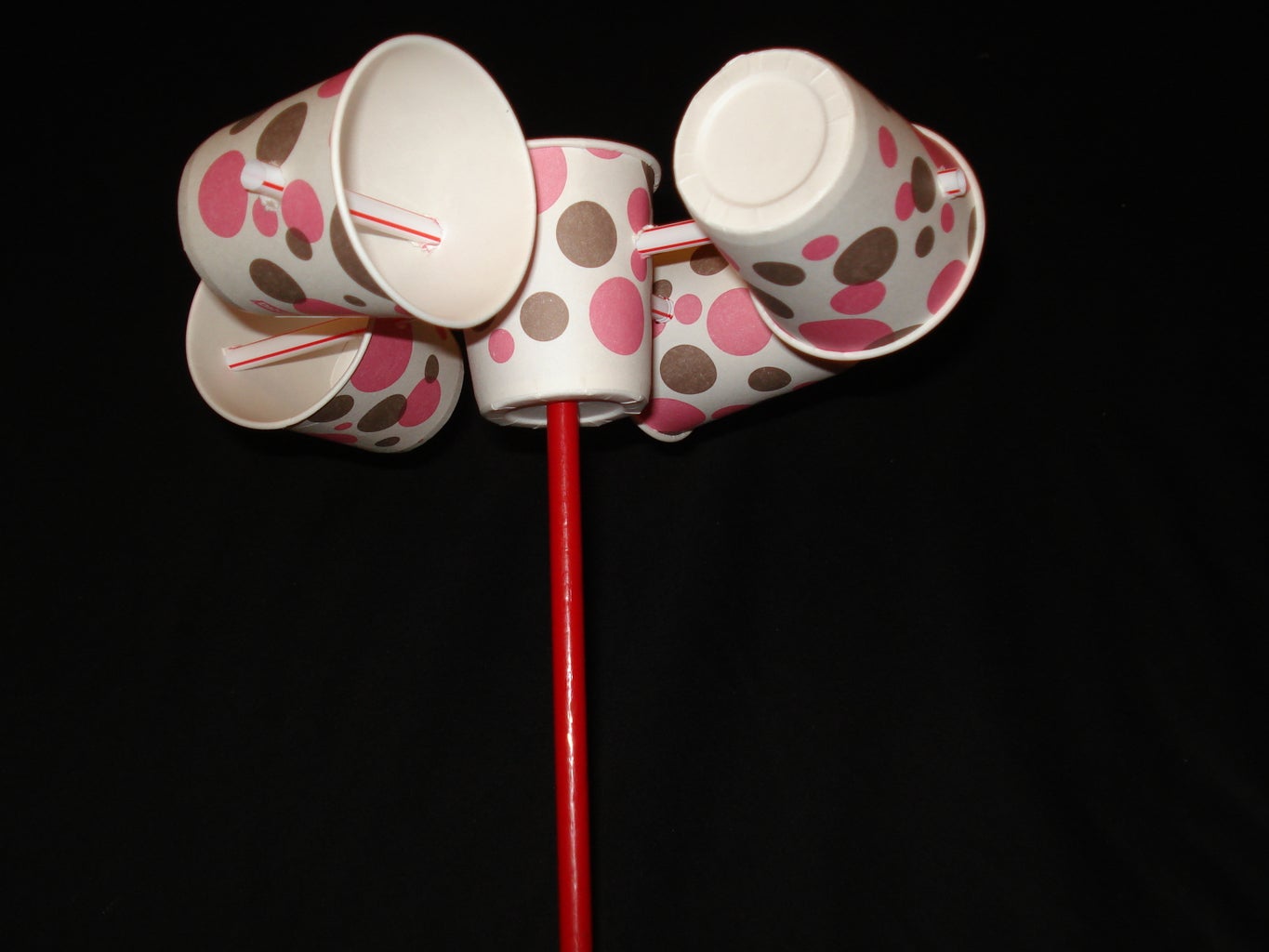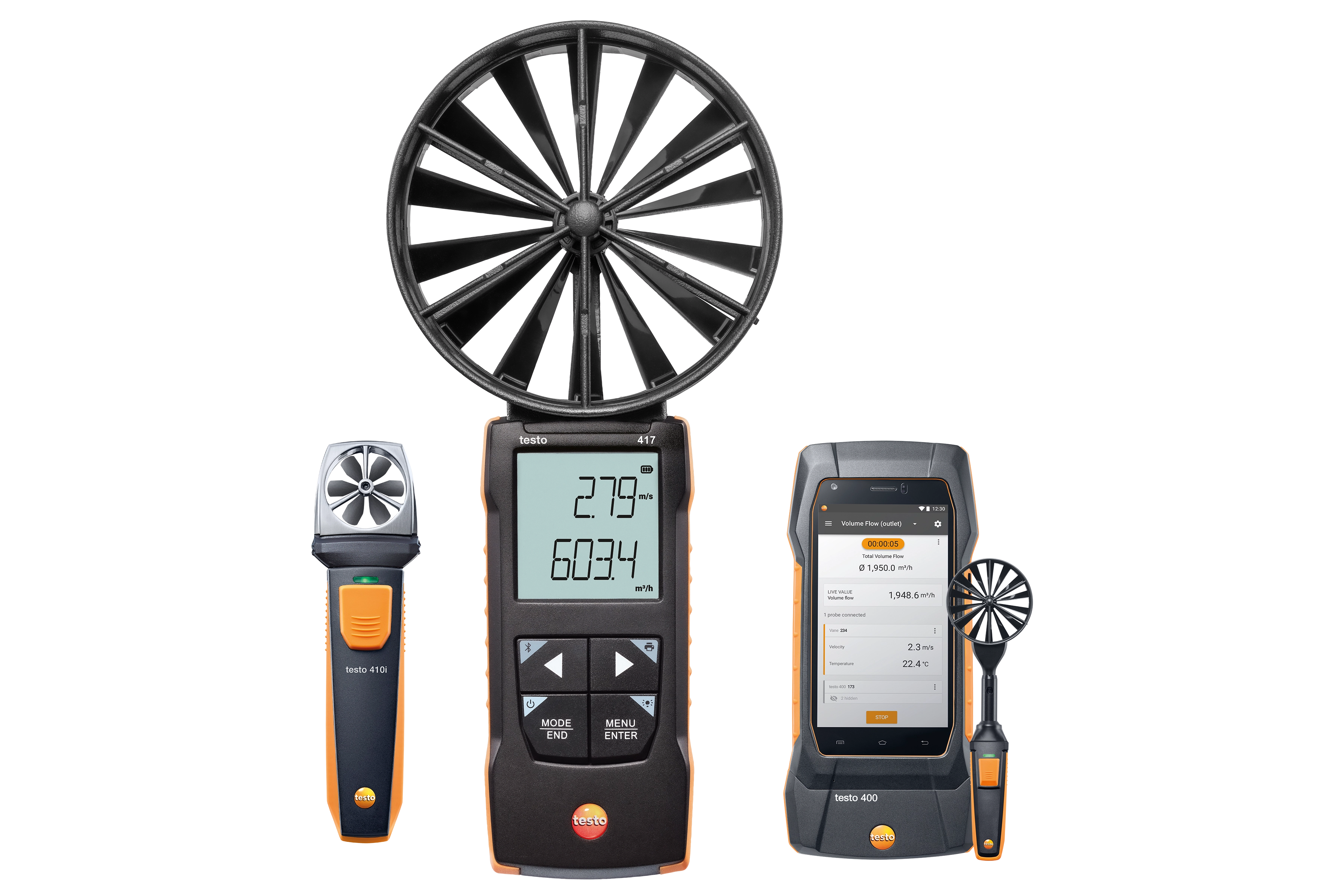Why an Anemometer is Important for Your Environmental Information Collection
Why an Anemometer is Important for Your Environmental Information Collection
Blog Article
All You Need to Learn About Anemometers: Just How They Work, Why They Matter, and Where to Use Them
Anemometers, though often ignored in the world of clinical tools, play an important role in various fields, providing valuable understandings into wind rate and air flow patterns. As we dive into the intricacies of anemometer technology, we will certainly reveal the internal workings of these tools, their significance, and the crucial factors to consider when picking the ideal anemometer for details applications.

Anemometer Fundamentals
An important tool made use of to determine wind speed and direction, the anemometer plays a crucial duty in weather forecasting and numerous industries. An anemometer normally consists of three or four cups that turn in the wind, a vane that points into the wind, and sensors to track the turnings or movements. By calculating the rotations or activities over a particular time duration, the anemometer can figure out wind rate. The vane assists determine wind direction by directing right into the wind, giving important data for weather projecting, aviation, maritime operations, ecological surveillance, and wind energy applications.
There are various kinds of anemometers readily available, including cup anemometers, vane anemometers, hot-wire anemometers, and sonic anemometers, each with its distinct features and applications. Mug anemometers are commonly utilized for fundamental wind rate measurements, while vane anemometers are favored for directional measurements. Hot-wire anemometers appropriate for low airspeeds, and sonic anemometers are excellent for high-precision dimensions in research study and commercial settings. Comprehending the essentials of anemometers is crucial for precise wind data collection and evaluation throughout different fields.
Principles of Anemometer Operation
Structure on the foundational understanding of anemometer fundamentals, the concepts of anemometer procedure elucidate the mechanics behind wind rate and direction measurements. Cup anemometers, for instance, have 3 or even more mugs that capture the wind, creating them to spin faster as the wind speed rises. Hot-wire anemometers count on a heated cable that cools down as wind passes over it, with the price of cooling down determining the wind rate.
Significance of Anemometers
The significance of anemometers in weather forecasting and numerous markets can not be overemphasized. Anemometers play an essential function in gauging wind speed and direction, offering essential data for climate forecasting, environment research studies, environmental surveillance, and air like this travel procedures. Meteorologists depend on anemometers to collect precise wind data, assisting them understand climate patterns, predict tornados, and issue prompt cautions to the general public. In industries such as building and construction, farming, renewable resource, and maritime procedures, anemometers are used to optimize processes, guarantee security, and increase efficiency. Wind farm drivers make use of anemometers to evaluate wind conditions and optimize electrical energy manufacturing from wind generators. In the maritime market, anemometers help ship navigating by offering real-time wind details to captains, helping them make notified decisions to guarantee secure voyages. Generally, anemometers are vital tools that add dramatically to safety and security, effectiveness, and educated decision-making in weather forecasting and a wide variety of sectors.
Applications Across Different Industries
Applications of anemometers extend across diverse industries, showcasing their adaptability and energy beyond weather forecasting. In the eco-friendly power field, anemometers play a critical role in examining wind conditions for wind farm positionings, making certain optimum power manufacturing. Industries like building click for more info and construction and mining make use of anemometers to keep an eye on wind rates, critical for safety and security procedures, specifically when functioning at heights or in open-pit mines where solid winds can position dangers. Anemometers are additionally essential in the aeronautics sector, assisting pilots in understanding airspeed and wind instructions for safe liftoffs and landings. The maritime market gain from anemometers for ship navigation, aiding sailors anticipate weather condition modifications and adjust paths accordingly. In agriculture, anemometers assist farmers in managing plant splashing go to this site by providing real-time data on wind speed to prevent drift. Anemometers discover applications in HVAC systems to optimize air movement and boost energy efficiency in structures. The diverse use situations of anemometers highlight their value throughout various industries, highlighting their crucial duty in enhancing functional security and performance (anemometer).

Selecting the Right Anemometer for Your Demands
For basic purposes, a mug anemometer is appropriate for determining wind rate, while a vane anemometer gives wind instructions information. Hot-wire anemometers are excellent for low airspeed dimensions, and ultrasonic anemometers offer high precision and longevity.

Final Thought
In verdict, anemometers play a critical function in gauging wind speed and instructions throughout numerous industries. It is important to think about the value of anemometers in order to make enlightened choices when selecting the most ideal tool for determining wind problems.
There are numerous types of anemometers offered, including mug anemometers, vane anemometers, hot-wire anemometers, and sonic anemometers, each with its distinct functions and applications. Mug anemometers are generally utilized for basic wind speed measurements, while vane anemometers are liked for directional dimensions. Hot-wire anemometers are appropriate for reduced airspeeds, and sonic anemometers are optimal for high-precision measurements in research and industrial settings.Structure on the foundational understanding of anemometer fundamentals, the principles of anemometer operation elucidate the technicians behind wind rate and direction dimensions. For general purposes, a cup anemometer is suitable for determining wind speed, while a vane anemometer supplies wind instructions information.
Report this page